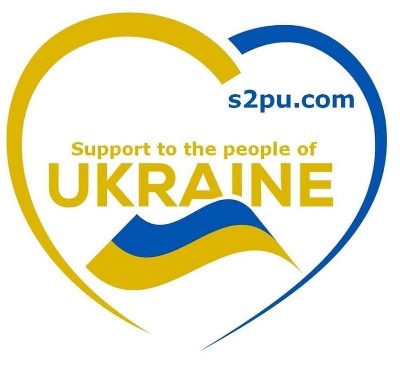Why recognition of Holodomor as genocide?
Holodomor in Ukraine in 1932-1933 was recognized as and act of genocide against the Ukrainian people in resolutions and declarations of the following local legislative bodies: Regional Assembly of Sicilia, Mayor of the City of New York, Chamber of Deputies of Province of Chaco (Argentine), the House of Representatives of the Province of Missioness, the Parliament of Catalonia (Spain), the Municipality of Apostoles (Argentine), the Municipality of Rome (Italy) and others.
On November 24, 2007 the Baltic Assembly recognized the genocide committed in 1932-1933 in Ukraine and expressed the deepest sympathy to the victims of that genocide.
We are working for an international recognition of Holodomor as a genocide. This will also be a issue at our conference the autumn 2020.
Building peace
Our goal is like UNESCO’s “building peace in the minds of men” by promoting tolerance, understanding and dialogue between nations, as well as its impact on global educational policies and practices, it seems advisable that the knowledge about the tragedy of Holodomor be disseminated through UNESCO’s framework to ensure that the lessons of this tragic page are inculcated in young generations States that recognized Holodomor as an act of genocide against the Ukrainian people. Read more.
The National Museum “Holodomor Victims Memorial”
Holodomor victims Memorial teaches us to confront hatred and violation of human rights. The Memorial activity cultivates protection of human dignity and democratic values; works on preventing crime of genocide by raising tolerance and sense of moral responsibility among citizens against challenges to all standards of rights and freedoms. Read more.
